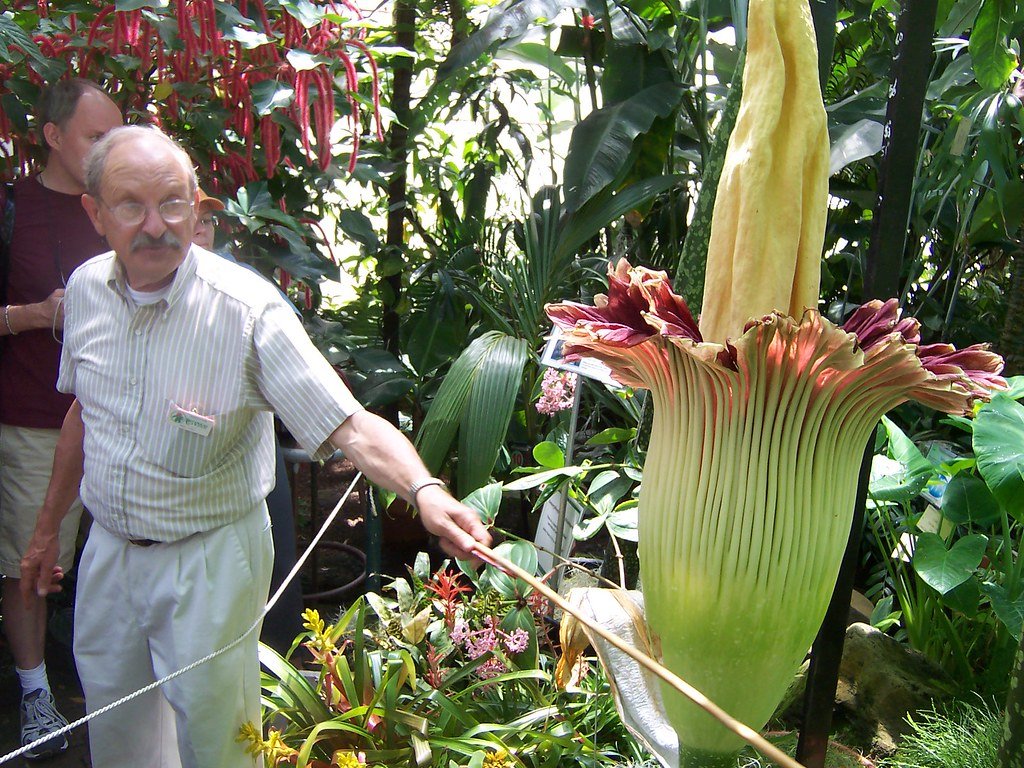Imagine strolling through a sun-drenched Californian garden, birds chirping and flowers blooming—when suddenly, an overwhelming stench of rotting flesh stops you in your tracks. Your nose wrinkles, your curiosity spikes, and you’re not alone: around you, a crowd gathers, smartphones out, all drawn by the same bizarre aroma. Welcome to the wild world of the corpse flower, a botanical oddity so foul-smelling and outrageous that it’s become one of California’s most surprising and beloved attractions.
The Corpse Flower: Nature’s Most Notorious Stinker
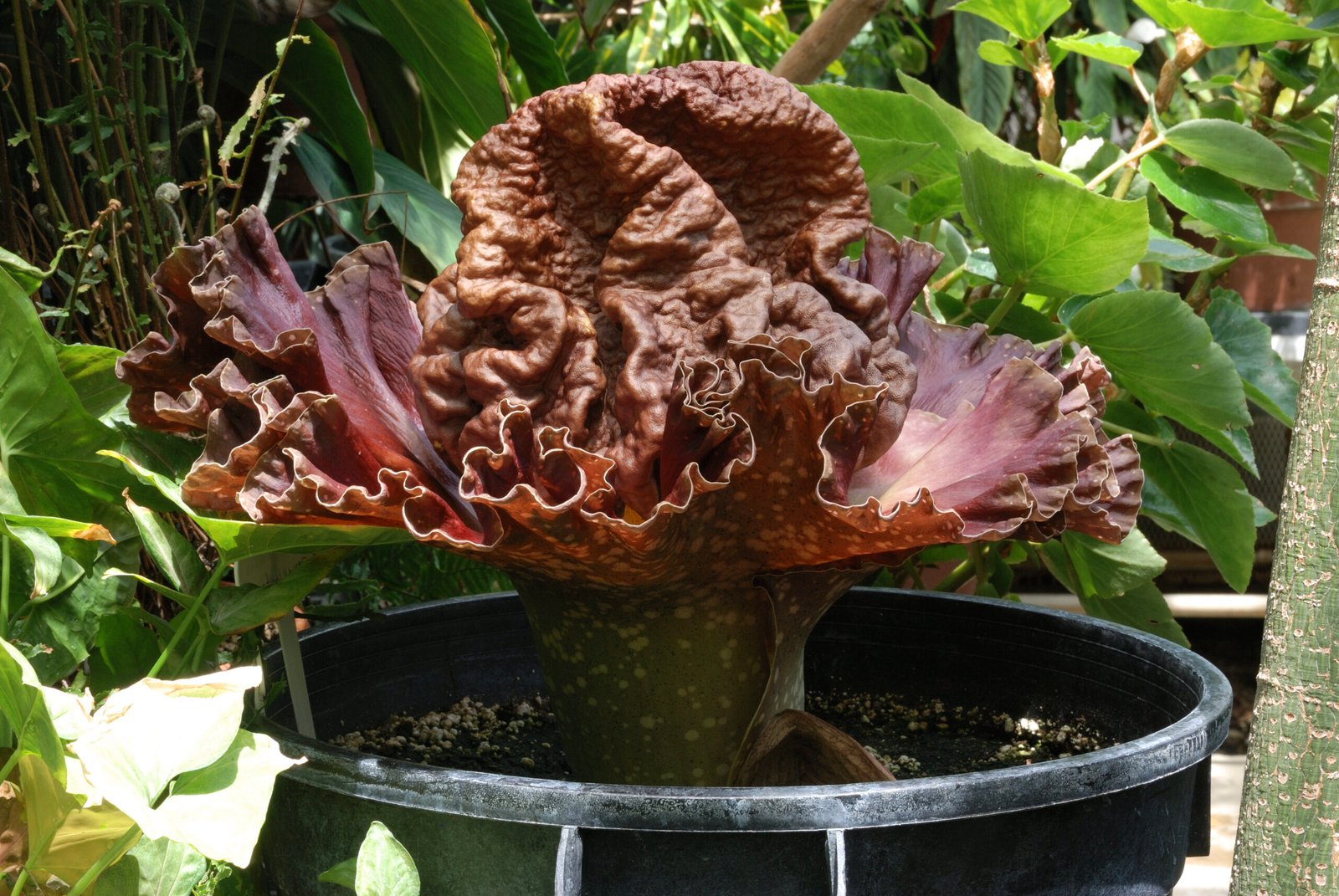
The infamous plant that draws crowds with its horrific odor is called the corpse flower, or Amorphophallus titanum. This botanical marvel hails originally from the rainforests of Sumatra, but today, it flourishes in select Californian botanical gardens. What sets this flower apart is not its beauty, but its shocking ability to mimic the scent of decomposing flesh. The scent is so powerful it can waft for hundreds of feet, turning heads and stomachs alike. Despite the nauseating smell, visitors flock from miles away for a chance to witness—and sniff—its rare bloom. The corpse flower’s oddity isn’t just a source of disgust; it’s a source of fascination, sparking endless questions about why and how such a plant exists.
Why Does It Smell So Bad?
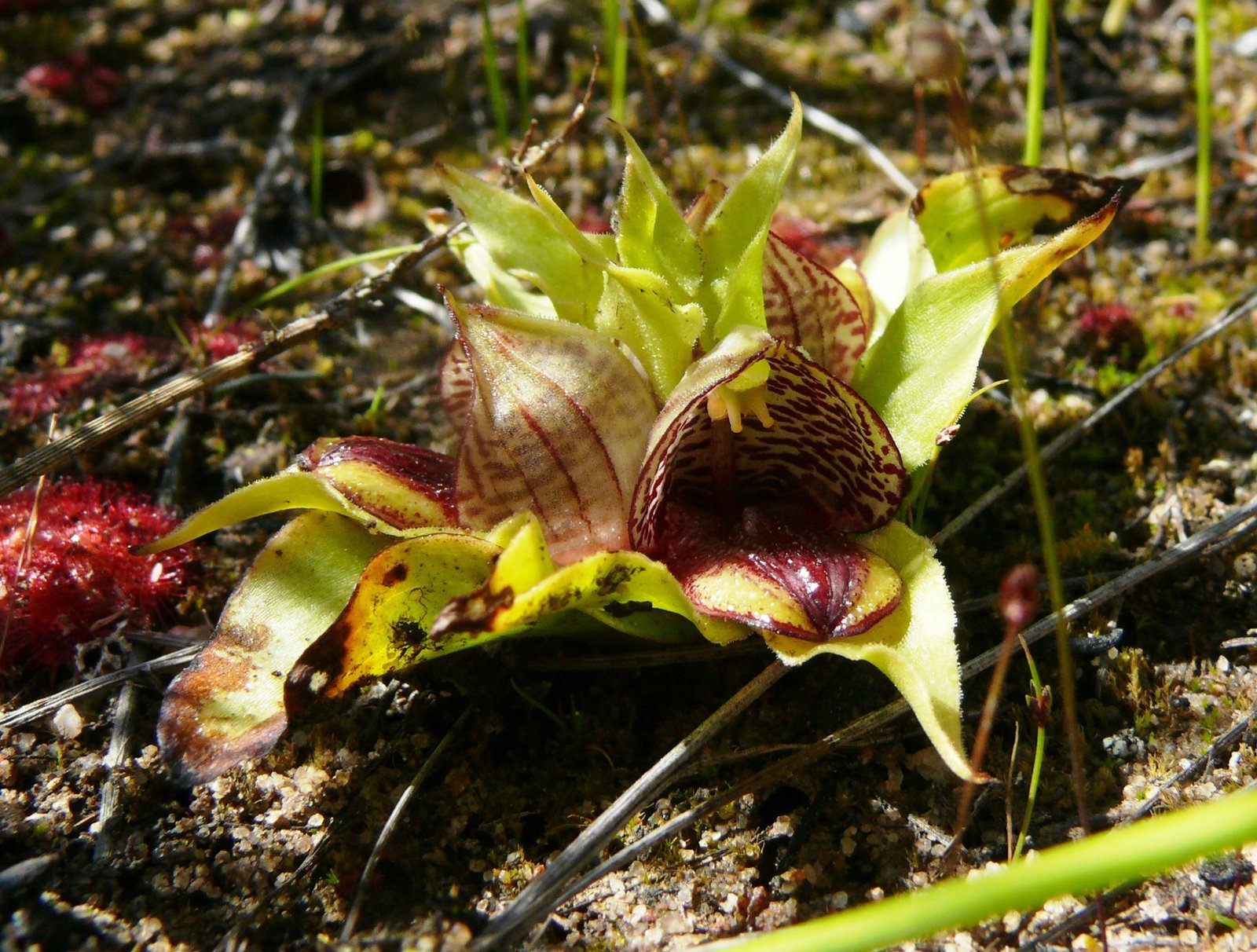
The corpse flower’s infamous scent isn’t just for show; it’s a brilliant survival strategy. To reproduce, the plant needs pollinators—specifically carrion beetles and flesh flies, insects that naturally seek out dead animals. The flower’s complex cocktail of chemical compounds produces an odor so convincing that these insects flock to it, thinking they’ve found a feast. This strategy ensures the flower is pollinated quickly, as its massive bloom lasts just 24 to 48 hours. The stench peaks at night, coinciding perfectly with the activity of its preferred pollinators. In a way, the corpse flower is the ultimate trickster of the plant world, luring creatures with the promise of decay while ensuring its own survival.
A Rare and Spectacular Bloom
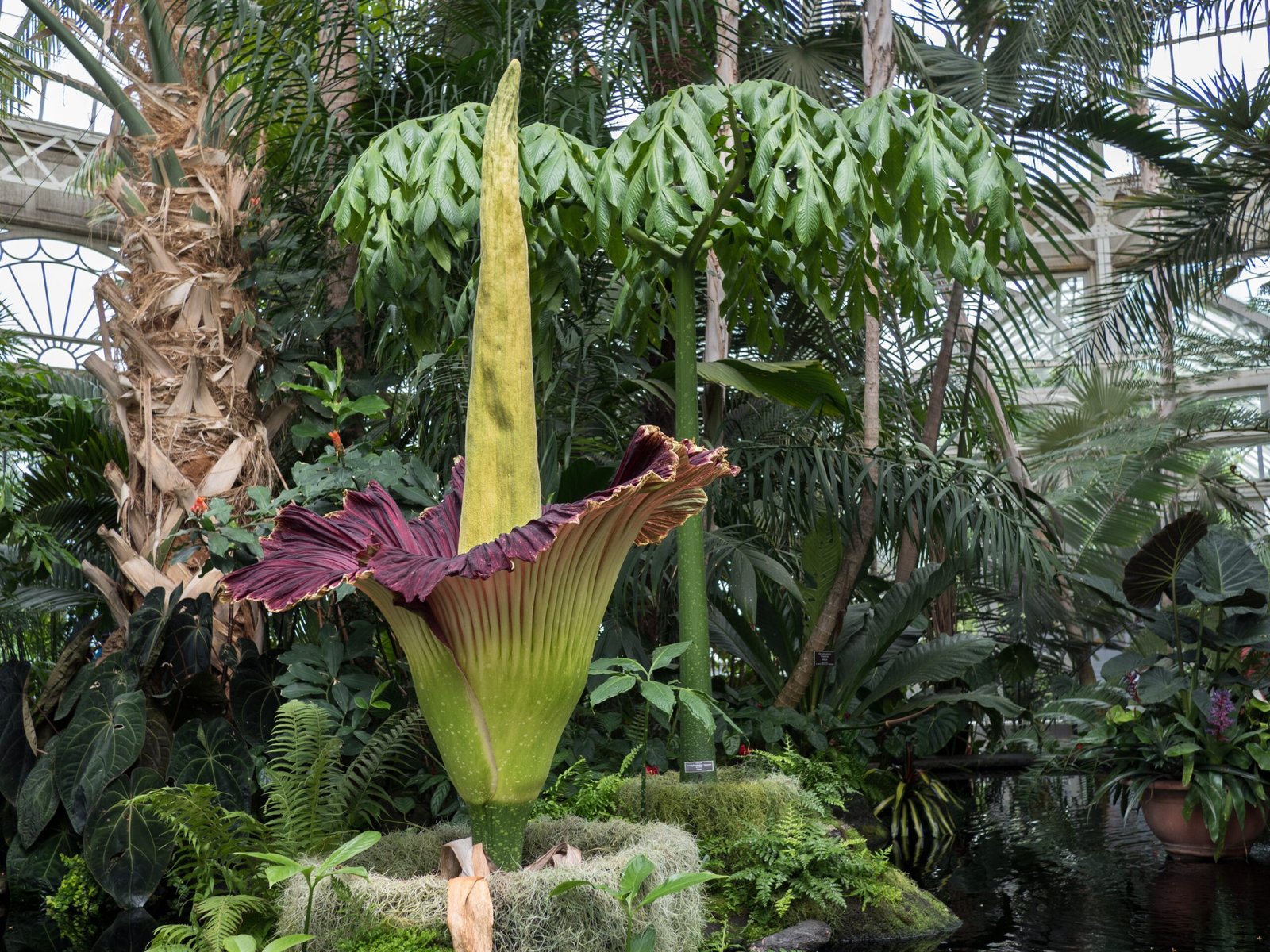
If you want to witness the corpse flower in bloom, you’ll need patience—and perhaps a little luck. The plant can take seven to ten years to produce its first flower, and after that, blooming intervals remain unpredictable. When it finally happens, the event is nothing short of botanical theater. Crowds gather in anticipation, sometimes lining up for hours just to catch a whiff of the notorious aroma. The bloom opens dramatically, revealing a towering spadix surrounded by a frilly, deep burgundy petal called a spathe. This spectacle is fleeting, lasting only a day or two before collapsing into a wilted heap. For flower enthusiasts and thrill-seekers alike, the corpse flower’s bloom is a must-see, once-in-a-lifetime experience.
California’s Botanical Gardens: The Stage for the Corpse Flower
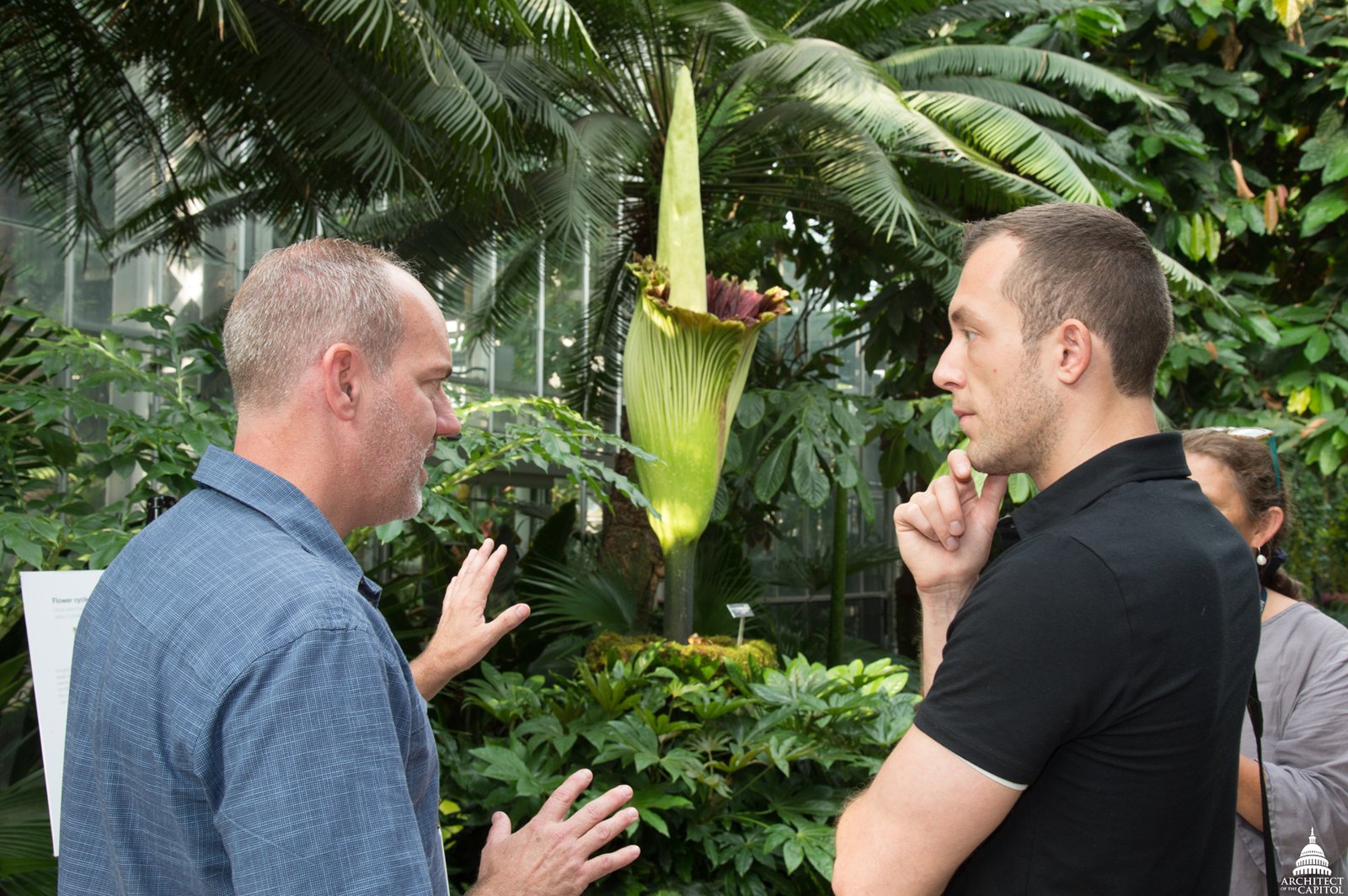
Several botanical gardens in California have successfully cultivated the corpse flower, transforming it into a local celebrity every time it prepares to bloom. Places like the Huntington Library in San Marino, the San Francisco Conservatory of Flowers, and the UC Davis Botanical Conservatory eagerly announce impending blooms, drawing visitors from across the state. These gardens often set up live video feeds and host special viewing hours to accommodate the crowds. Some even hand out “I Survived the Stink” stickers as a badge of honor. For many, visiting these gardens during a corpse flower bloom becomes a quirky and unforgettable addition to any California adventure.
The Fascinating Biology Behind the Stench

What creates the foul odor of the corpse flower isn’t just one chemical, but a whole orchestra of stinky compounds. Dimethyl trisulfide, which gives off a signature rotten onion smell, combines with putrescine and cadaverine—compounds literally named for their presence in decaying flesh. The flower also produces isovaleric acid, which adds a sweaty-sock note, and indole, found in both feces and jasmine. Together, these chemicals produce a scent almost indistinguishable from a decomposing animal. Scientists marvel at how the corpse flower evolved this complex perfume, which is not only repulsive to humans but irresistible to its pollinators.
A Plant With a Personality
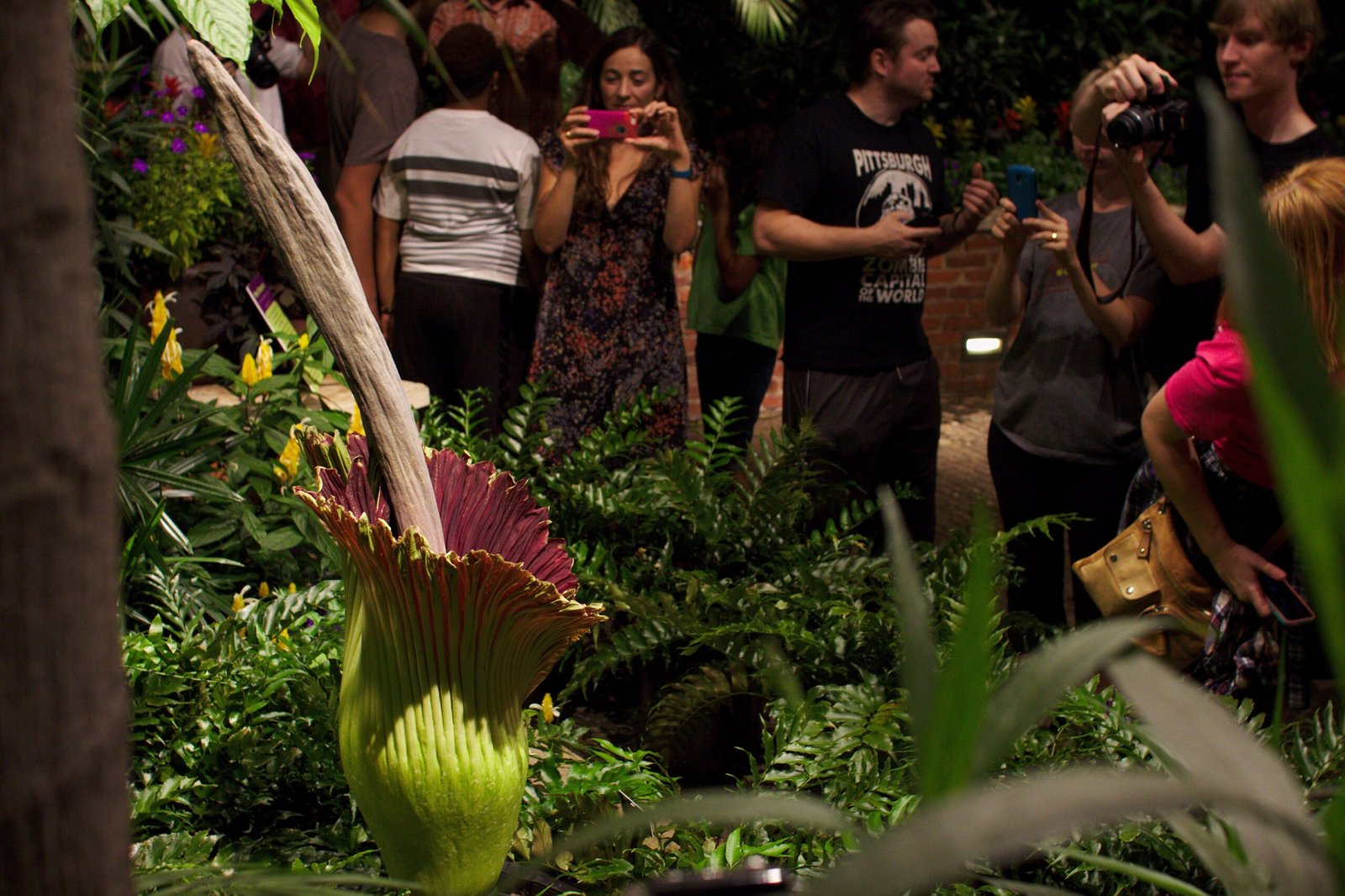
Unlike most flowers that dazzle with their beauty or sweet fragrance, the corpse flower stands out because of its over-the-top character. It’s not just a plant—it’s a performer, putting on a show that’s equal parts shocking and awe-inspiring. Visitors often describe the experience as hilarious, disgusting, and utterly unforgettable. Some even compare it to a rite of passage, daring friends and family to brave the stench. The dramatic anticipation before blooming, the brief but wild display, and the legendary odor combine to give the corpse flower a larger-than-life presence in the plant world.
The Corpse Flower in Pop Culture
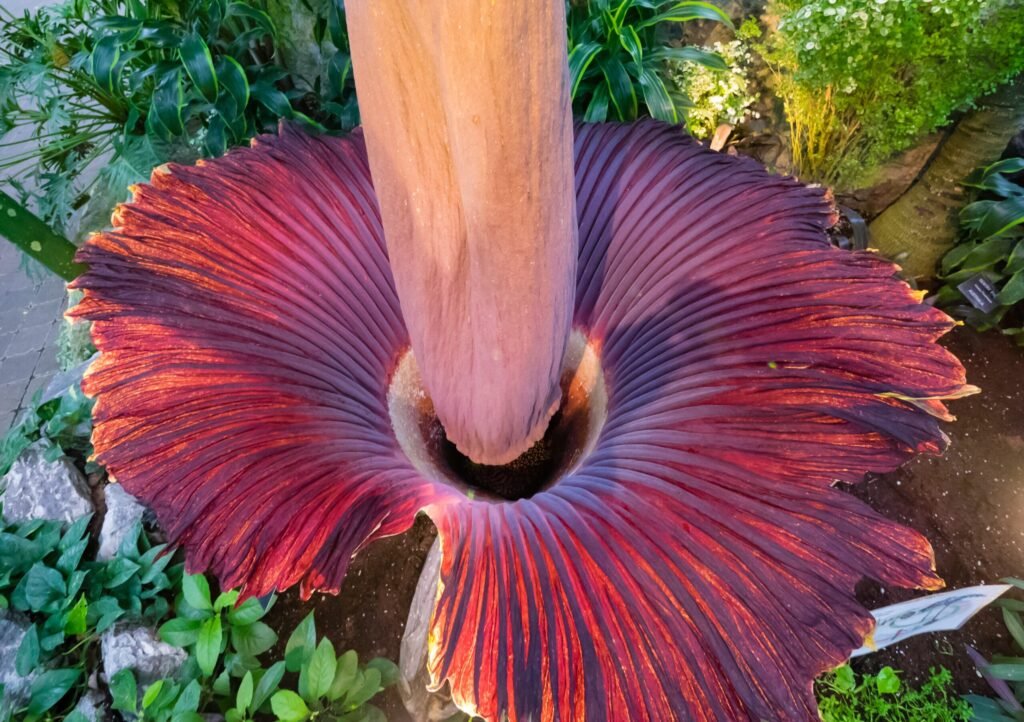
The corpse flower’s fame isn’t limited to California’s gardens; it’s become a pop culture sensation. News outlets eagerly report each anticipated bloom, and social media lights up with photos, videos, and reactions from stunned visitors. The plant has inspired everything from cartoons to horror movies, often portrayed as an eerie or magical force of nature. Some artists use the corpse flower as a symbol of transformation, decay, or the hidden wonders of the natural world. Its unpredictability and rarity only add to its mystique, cementing its status as a botanical legend.
Tourism and the Bloom Boom
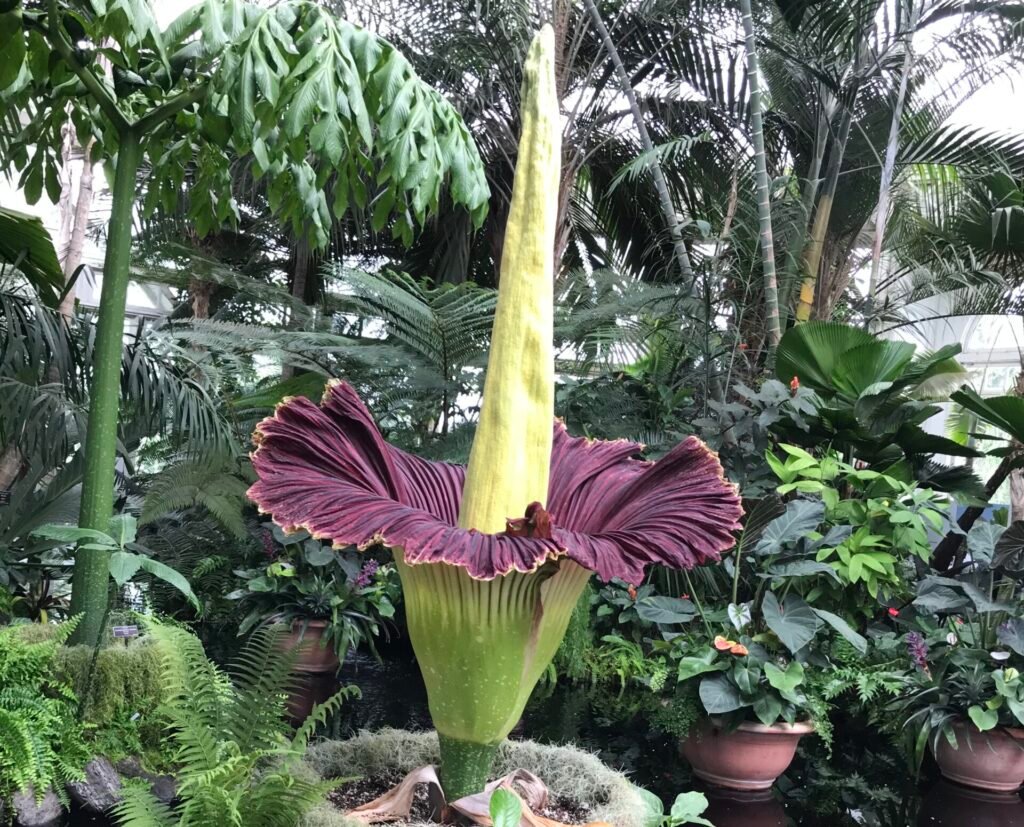
Every time a corpse flower is set to bloom, local tourism gets a noticeable boost. Hotels, restaurants, and shops near botanical gardens see a surge in visitors, all eager to take part in the spectacle. Some gardens have even created special events, like nighttime viewings or guided “stink tours,” turning the bloom into a full-blown festival. The allure isn’t just the flower itself, but the shared experience—people from all walks of life, united by a willingness to endure the world’s worst smell for a glimpse of something extraordinary.
Conservation and the Future of the Corpse Flower

Behind the spectacle, there’s a serious side to the corpse flower story. In the wild, Amorphophallus titanum is endangered, threatened by deforestation and habitat loss in its native Sumatra. California’s botanical gardens play a crucial role in preserving the species, maintaining carefully monitored collections and participating in global conservation efforts. By drawing crowds and raising awareness, these public displays help fund research and protect the future of this remarkable plant. For many visitors, the experience sparks a deeper appreciation for the world’s rare and fragile ecosystems.
Why Do We Love to Be Grossed Out?
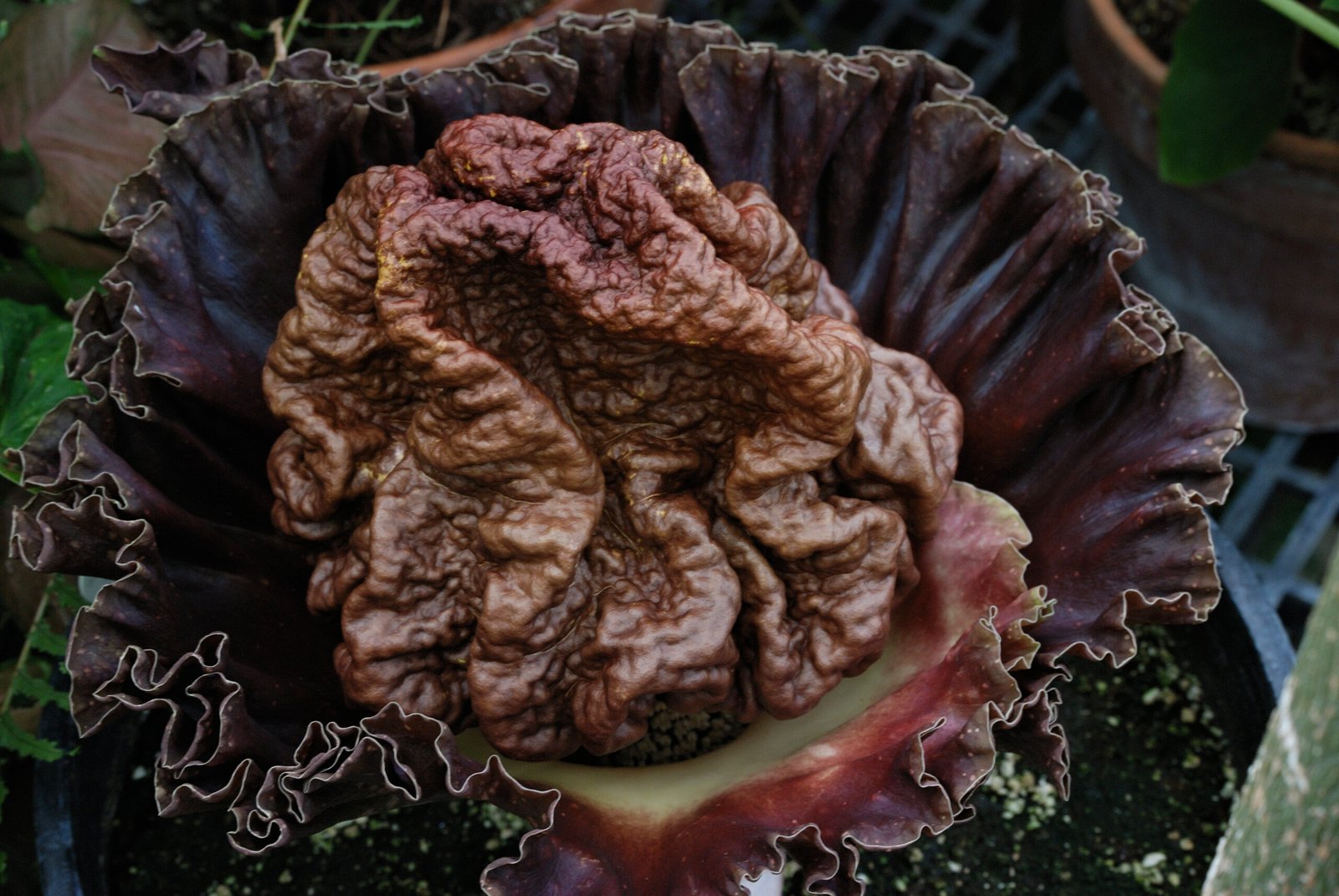
At first glance, it seems odd that so many people are drawn to a flower that smells like death. But there’s something deeply human about being captivated by the bizarre and the grotesque. The corpse flower taps into our curiosity, our love of challenges, and our desire to experience the unusual. It’s a reminder that nature is full of surprises—sometimes shocking, sometimes hilarious, and always worth exploring. People leave the gardens having witnessed something rare, and maybe even learned a little bit more about the strange, wonderful world we live in.
Final Reflections
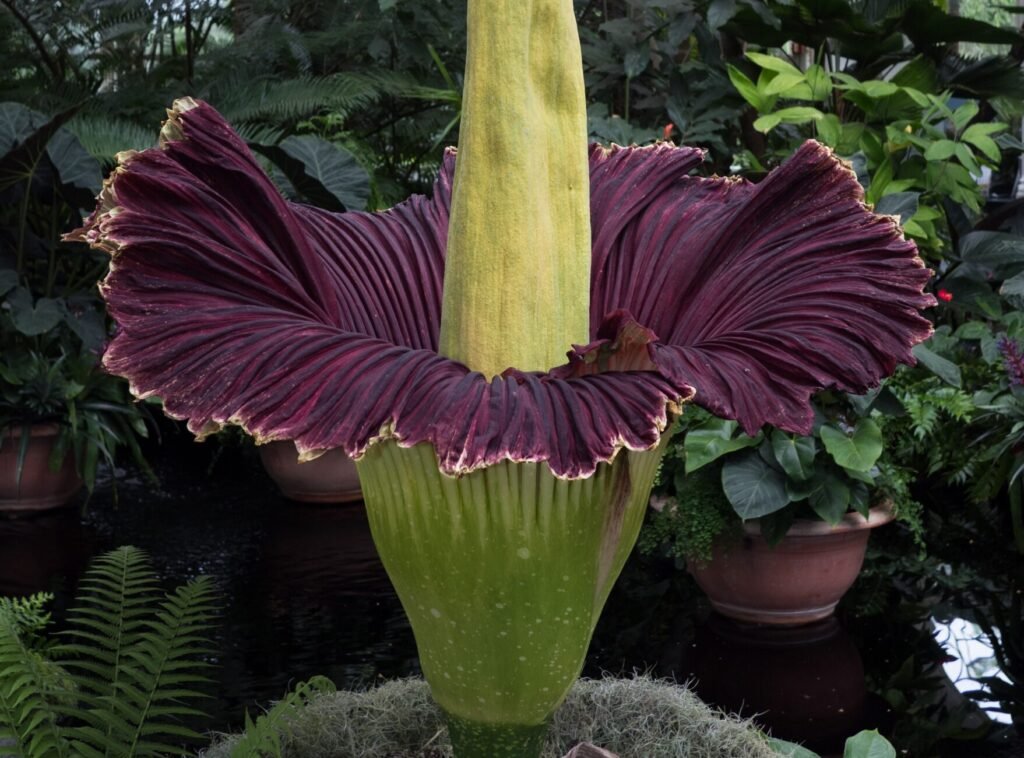
The corpse flower stands as a testament to nature’s creativity and unpredictability, drawing crowds not with beauty but with a stench so powerful it can bring people to tears—or laughter. Its fleeting bloom and shocking scent remind us that the natural world is full of surprises, just waiting to be discovered. The next time you hear about a corpse flower blooming in California, would you dare to join the crowd and take a sniff?

